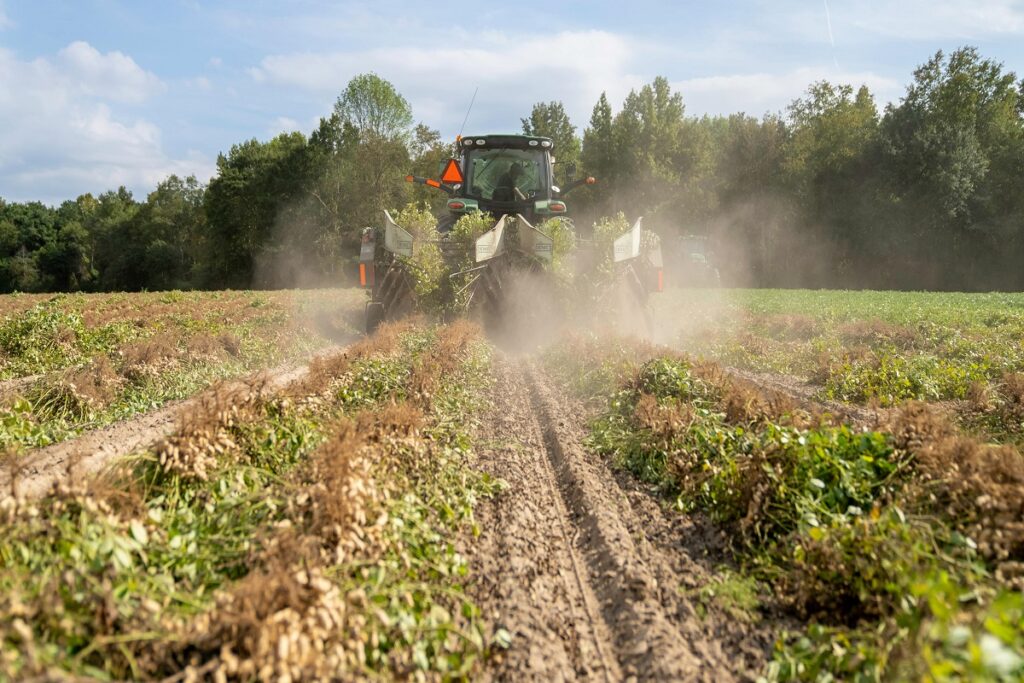Draining water from a system is a crucial maintenance task that helps prevent various issues such as corrosion, freezing, and damage. Whether you’re dealing with a plumbing system, an HVAC system, or any other water-based system, proper drainage ensures its optimal functionality and longevity. In this article, we will explore effective strategies for draining water from your system, enabling you to maintain its efficiency and prevent potential complications.
- Understand Your System:
Before attempting to drain water from your system, it is essential to familiarize yourself with its layout and components. Study the system’s schematics or consult an expert to gain a comprehensive understanding of how the water flows within the system. Identify key points such as drains, valves, and low points where water tends to accumulate. By knowing your system inside out, you can efficiently plan the drainage process.
- Locate and Open Drain Valves:
Most systems are equipped with drain valves strategically placed to facilitate water removal. Locate these valves within your system and prepare the necessary tools, such as a wrench or pliers, to open them. Gradually open the valves, allowing the water to flow out in a controlled manner. Ensure you have a designated drainage area or a suitable receptacle to collect the discharged water. It’s advisable to open the valves gradually to prevent excessive pressure changes and potential system damage.
- Flush the System:
In some cases, stagnant water or debris may accumulate within the system, hindering proper drainage. Flushing the system can help remove these blockages and ensure a thorough drainage process. To flush the system, close the main water supply valve and open all faucets or outlets connected to the system. This allows air to enter the system and creates a pressure differential, forcing the water to move out. Keep the faucets open until water stops flowing, indicating that the system has been flushed successfully.
- Utilize Gravity and Siphoning:
Gravity can be a powerful ally when it comes to draining water from a system. Identify the lowest points in your system and position drainage points accordingly. By opening the valves or faucets at these low points, gravity will assist in naturally draining the water. Additionally, siphoning can be an effective technique for drawing water out of hard-to-reach areas. By creating a vacuum using a hose or a siphon pump, you can initiate the flow of water and direct it towards the desired drainage point.
- Employ Air Pressure:
In certain cases, relying solely on gravity may not be sufficient to drain the water completely. In such situations, using compressed air can help expedite the drainage process. Attach an air compressor to the system’s air inlet or a designated access point. Gradually introduce air into the system while maintaining control over the pressure to avoid any sudden surges. The compressed air will displace the water, pushing it towards the open valves or outlets and facilitating drainage.
- Seek Professional Assistance:
While many drainage tasks can be carried out by individuals with basic knowledge and skills, certain systems or complex setups may require the expertise of professionals. If you encounter any difficulties or uncertainties during the drainage process, it is always advisable to consult a qualified technician or plumber. They can provide valuable guidance, ensure proper procedures are followed, and help you avoid any potential risks or damages.
Draining water from your system is a crucial maintenance practice that ensures its optimal performance and longevity. By understanding your system, locating and opening drain valves, flushing the system, utilizing gravity and siphoning, employing air pressure when necessary, and seeking professional assistance when needed, you can effectively remove water and prevent potential complications. Regular drainage not only protects your system from issues such as corrosion and freezing but also promotes its overall efficiency. Remember to follow proper procedures, exercise caution, and prioritize safety throughout the drainage process.
Content generated by Chat GPT


